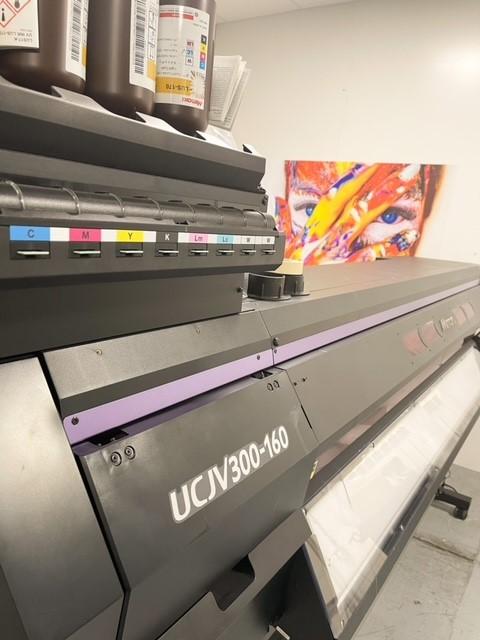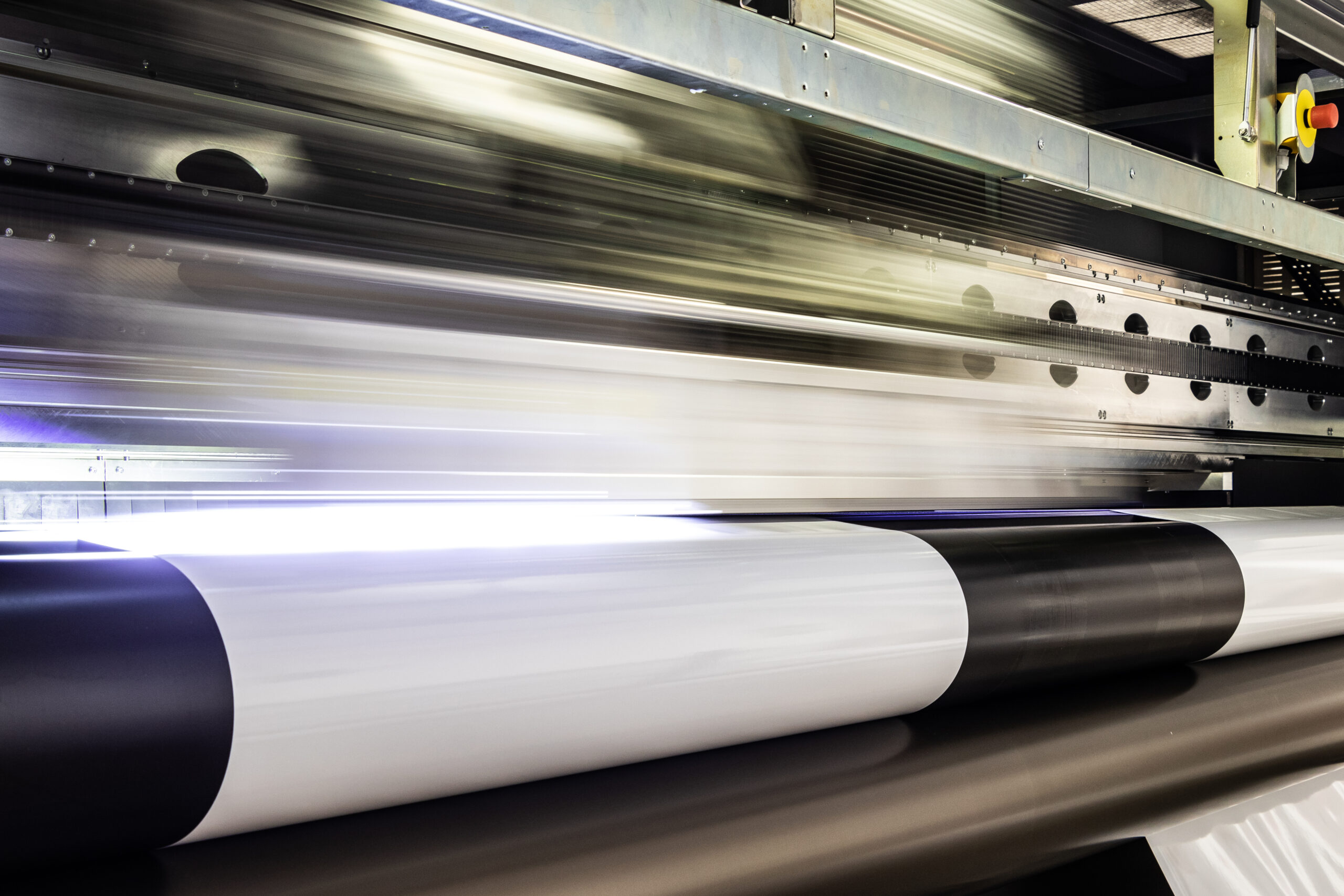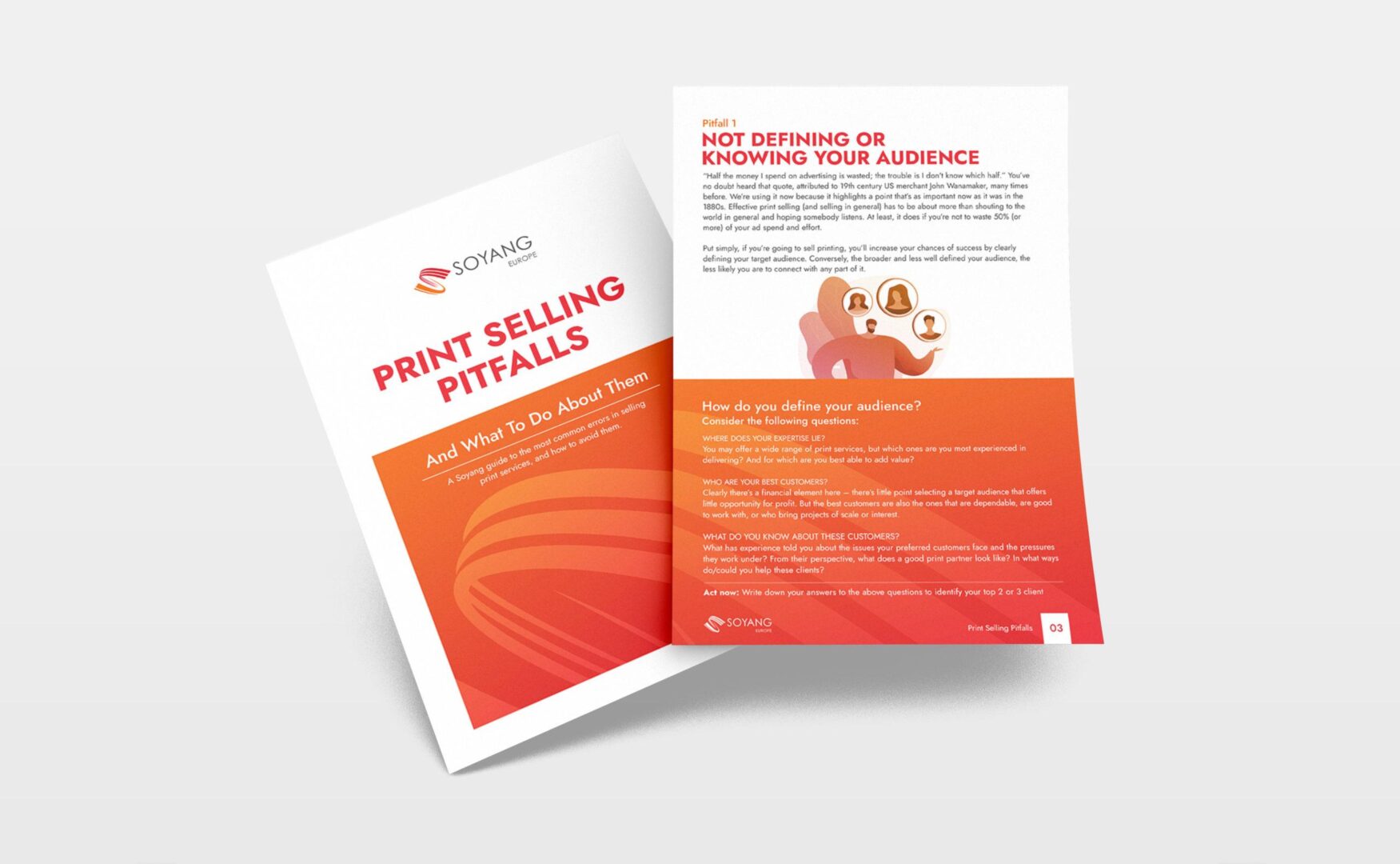How do ensure your large format printer can keep doing its job? Follow these tips…
1. Carry out regular large format printer maintenance
There’s a tendency to blame nozzle clogs, banding and ink splodges on the printer or its manufacturer, but the advice in the manual to ensure regular maintenance is there for a reason.
The simplest way to avoid the issues that drive every print room manager mad is to ensure regular maintenance. The manual will tell you that is best done by an approved service engineer and, if you’re not confident in looking under the hood of your large format printer, that may well be reasonable.
But there are numerous steps you can take that don’t require a technician and we explore several of them below.
2. Use your printer regularly
There’s a reason you should never switch off a large format printer. In standby mode your printer will occasionally give the print head a little workout to help prevent nozzles and feed lines clogging. Switched off entirely, that won’t happen.
Yet while a little standby agitation of cartridges can help, one simple large format printer maintenance tip for optimum performance is not to rely on standby mode, and instead find a reason to regularly use the printer.
If you’re running numerous machines and tend to default to the same one or two for most print jobs, adjust your habits to ensure every printer gets a regular run out. As a minimum, you’ll want to use each printer at least once a week.
3. Use surge protection
Large format printer maintenance isn’t only about actions you take at the printer itself; it’s also about the preventative measures you take in the print environment such as protecting the printer’s CPU from electrical spikes and surges which can knock out circuits and force costly repairs.
Industrial surge protectors start from under £200 (although you can invest in more bells and whistles) yet the printers and circuits they protect cost many times more.
4. Update the print drivers
If your printer is networked you might assume it will download new firmware updates automatically – and that might be the case. But it doesn’t always happen. Having the right firmware can ensure your large format printer is optimised for new paper formats so schedule a periodic check of drivers to ensure your printer is regularly brought up to date.
5. Use compatible inks
You know the manufacturer manual says that you should only use approved inks, but is there really any harm in choosing cheaper, third part alternatives? Actually, there is, and the effect of using third party inks can be far more than a slightly underwhelming print finish.
Original inks are designed specifically for your printer even down to the static charge they carry. The best quality inks are formulated to repel charge. That means they have less of a tendency to clump and clog. Even so (and this applies to all inks, first and third party) a simple large format printer maintenance tip is to remove ink cartridges every week or two and gently agitate the contents. Don’t shake them – a gentle rock back and forth will be fine.
That ensures the ink pigment and the suspension it which it is held are mixed, so you get consistent print.
6. Invest in a dust cover
You may meticulously brush loose fibres from papers before you feed them into the machine (always a good move). You may ensure covers are always left closed so fewer particles can drift in, but the simple fact is dust and other contaminants have a habit of finding their way into a large format printer and the more you can keep out the better your chances of maintaining optimum print performance.
So as a regular part of your large format printer maintenance routine, either buy the manufacturer-recommended cover and use it during all prolonged periods of downtime. Or, as a much cheaper alternative, take an old towel (one where the fibres stopped shedding years ago) and use that as a cover instead.
7. Check the humidity
Print rooms can be warm places and environmental conditions can have an effect on print quality and the required frequency of your large format printer maintenance. To minimise that frequency, keep relative humidity at around 50% (10% either side should be fine). Keep a humidity sensor handy and a dehumidifier on standby for when conditions are outside tolerances.
8. Run recommended checks
We all have a tendency to put off scheduled maintenance tasks when the IT tells us it’s required. Yet while it may not be convenient, it’s wise to let your printer run its cleaning cycle or head alignment process at or near when recommended. Let these simple and automated large format printer maintenance processes happen when they should and you’ll reduce the risk of breakdown.
With your printers optimised to perform better for longer, you’ll be able to achieve even better results from our wide and grand format printable materials. Explore them here.









